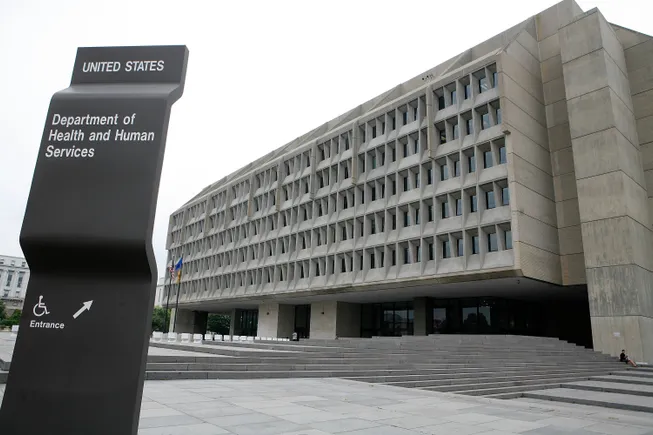Dive Brief:
- The Trump administration has slashed funding for groups that help consumers navigate the Affordable Care Act exchanges by 90%, in the largest cut since the program began over one decade ago.
- The ACA Navigator program will receive $10 million in funding annually going forward, down from $98 million last year, the CMS announced Friday. The cuts, which apply only to navigators working in the federal exchanges, will save $360 million over the next four years, according to the agency.
- Regulators argued the cuts will translate into lower premiums for consumers, while patient advocates and healthcare researchers said the move will make it significantly more difficult for Americans to understand and access the right coverage for their health needs.
Dive Insight:
President Donald Trump eviscerated funding for navigators during his initial term as president, cutting funding from $63 million to $36 million in 2017 before further lowering it to just $10 million in later years.
The cuts resulted in layoffs and stymied outreach initiatives among navigators, community groups that receive federal grants to educate consumers about their health insurance options on the ACA exchanges.
However, funding was later restored by President Joe Biden, which — along with more generous subsidies for ACA plans — spurred record sign-ups in the exchanges. Enrollment in ACA coverage surpassed 24 million individuals this year.
Now, the Trump administration is once again arguing that navigators don’t enroll enough people to justify the tens of millions of dollars they receive each year in funding.
Navigators only enrolled 92,000 people for the 2024 plan year — fewer than 1% of overall plan selections in the federal exchanges — at a cost exceeding $1,000 per person, according to the CMS.
“Overall, Navigator performance data shows that the current level of funding does not represent a reasonable return on investment,” the CMS said on Friday.
However, navigators do more than just sign people up for ACA plans.
The groups provide people who aren’t familiar with the insurance market with a wide variety of assistance on how to understand and use the exchanges, including helping them verify their income to qualify for subsidies.
Navigators also educate the public on their insurance options, with a focus on reaching out to minority groups and underserved communities to close coverage gaps. They help people access care after they obtain insurance, including with billing and claims issues, and work with employers on ACA compliance.
In addition, navigators help people transition across coverage types, including helping people enroll in Medicaid and the Children’s Health Insurance Program. In 2024, the groups enrolled roughly 290,000 people in the safety-net programs, according to health policy research firm KFF.
“Navigators help people with some of the most complex situations understand their health plan options and assist them in getting needed care,” said Anthony Wright, executive director of patient advocacy group Families USA, in a statement Friday.
Reducing navigator funding, along with other Republican actions meant to shrink Medicaid and the ACA, “will erode the record number of coverage and enrollment gains we’ve achieved over the past years,” Wright continued.
The cuts suggest the Trump administration plans to take a similar approach to the ACA as its first go-around in Washington, when the president chipped away at the law through executive actions after failing to repeal it entirely.
However, culling ACA navigation now could have an outsized impact on insurance coverage in the U.S., given the potential confluence of ACA plan subsidies expiring absent congressional action and increasingly likely cuts to Medicaid.
The HHS is also currently working on a new proposed rule focused on “program integrity” for the ACA, in the department’s only non-statutory regulation currently under review at the White House’s budget office.
The specifics of the rule remain to be seen. But early regulations from Trump’s first term made it harder for people to enroll in ACA coverage by shortening the signup period and letting states determine their own standards in areas like network adequacy, Katie Keith, the director of Georgetown University’s Health Policy and the Law Initiative, said on X.
Over President’s Day weekend, the president also followed through on threats to fire thousands of federal health employees, including workers at the CMS focused on improving Medicare and Medicaid, according to Politico.
The cuts come roughly one week after the CMS confirmed it’s working with the Department of Government Efficiency, billionaire Elon Musk’s initiative to ferret out fraud in government spending, to find a “more effective and efficient use of resources.”








